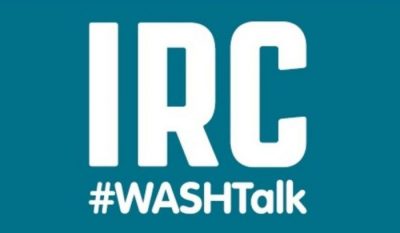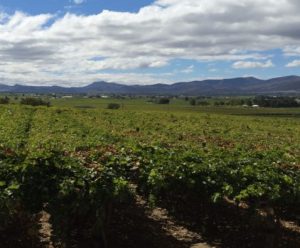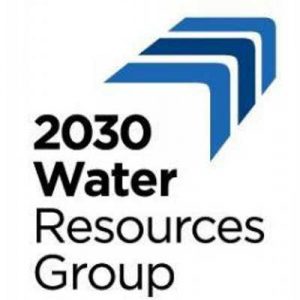Primary Functions
- Learn how to implement effective and lasting WASH services
Detailed Description
For over a decade IRC has been working on the challenges of providing WASH services that last. Here we’re bringing together the tools and guidance we’ve developed with our partners in some 20 countries around the world. A few of the tools can be used ‘off the shelf’; most provide a useful model or starting point for more tailored solutions. Our work is on-going and the collection is being continually updated and refined.
- To lead sector-level change processes to ensure sustainable WASH services
- To analyse what’s working and what’s not in the current system
- To design solutions to specific service delivery challenges
The information has been divided into the nuts and bolts of delivering a sustainable service and the pathways to delivering the type of broad-based, sector level change needed to reach the SDG targets.The toolkit is organized around the two related goals of delivering services and delivering change. The toolkit covers both water supply and sanitation. Sanitation and hygiene-specific tools have been grouped under the sanitation and behaviour change blocks. Included are best practices, case studies and approaches developed and tested in IRC’s work with governments, NGOs and other partners in over 20 countries.
- The Sanitation Supply and Demand Tool helps to assess the match (or mismatch) between demand and supply for sanitation. It consists of a field tool that delivers, within a couple of weeks, a one-page overview matching sanitation supply and demand. This helps to give insight into the existing and potential future levels of demand for sanitation and offers an overview of current supply chain actors and existing market constraints.
- The Faecal Waste Flow Calculator is being developed to determine faecal waste volumes along the entire sanitation service chain, allowing the user to determine where the biggest losses are and thus where interventions should be targeted. The tool offers an easily understood representation of the volumes of sludge that are safely dealt with in a city at each stage of the sanitation chain and also a scorecard analysis of other more qualitative data on governance and enabling factors such as the existence of policies and legislation and availability and transparency of plans. We owe a lot to the Shit Flow Diagram which originally was developed by the World Bank/WSP and further developed by the SFD Promotion Initiative. They were the first to visualize excreta management in cities and towns in one diagram.
- Assessing hygiene cost-effectiveness: a methodology: his working paper offers a methodological framework to assess the cost effectiveness of hygiene interventions based on preliminary test observations in Ghana, Burkina Faso, Mozambique and Andhra Pradesh, India. The methodology is designed to:
- Capture the financial costs of labour and materials associated with the intervention, using a three-step approach. First, costs are categorized (e.g., investment costs, maintenance costs, etc.); second, data is gathered and basic statistic treatments are applied; finally, other economic costs (e.g., cost of health) are valued as financial costs.
- Examine three key household hygiene behaviours: faecal containment and latrine use, handwashing with soap, and drinking-water management; and assess their levels of effectiveness. The levels – defined in a hygiene effectiveness ladder – allow for the systematic categorization of hygiene behaviour data; from ‘not effective’ to ‘improved’. Several flowcharts are also introduced as tools to simplify data capture and the identification of failure points (if any), within the chain of events of certain hygienic practices and behaviours.





